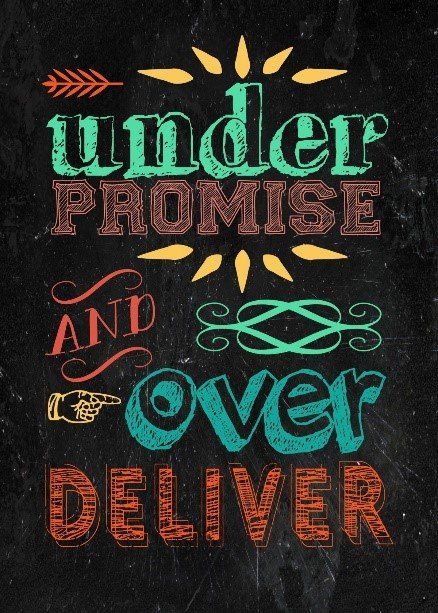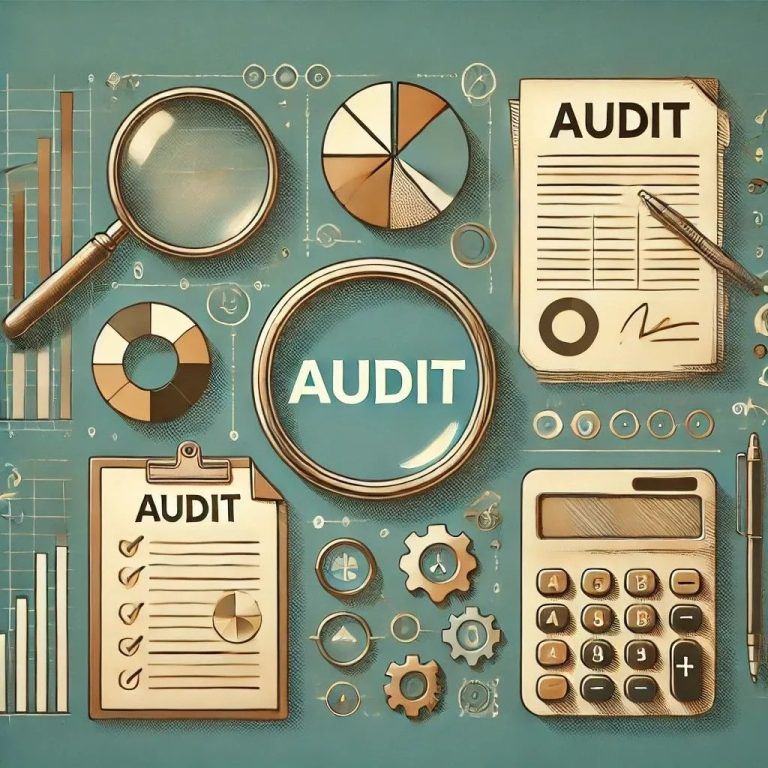The Pumpkin Plan
Mike Michalowicz wrote a book called The Pumpkin Plan: A Simple Strategy to Grow a Remarkable Business in Any Field. In his book, he shares the formula for entrepreneurial success for you and me. Here are my favorite parts of his book!


Mike was making steady money in his first company but there was never very much leftover. He was chasing customers left and right, putting in a 28-hour day, 8 days a week. After reading an article about a local farmer who dedicated his life to growing giant pumpkins, Mike applied the same process to growing a business. He did it for his own company, transforming it into a multi-million-dollar industry leader. Then he did it for others.
There are 7 Steps to Growing a Giant Pumpkin:
1) Plant promising seeds
2) Water, water, water
3) Remove all diseased or damaged pumpkins
4) Weed like a mad dog
5) Identify the stronger, faster-frowing pumpkins and remove all less promising pumpkins until you have one pumpkin on each vine
6) Focus all your attention on the big pumpkin, nuturing it and guarding it
7) Watch it grow
How to Grow a Business:
1) Identify and leverage your biggest natural strengths
2) Sell, sell, sell
3) As your business grows, fire all your small-time, rotten clients
4) Never let distractions (new opportunities) take hold. Weed them out fast.
5) Identify your top clients and remove the rest
6) Focus all your attention on your top clients, nurturing and protecting them
7) Watch your company grow to a giant size!

At the end of each chapter, the author listed action items to work the plan.
Here are a bunch of ideas that I hope will resonate with you.
· Know why you started your business. What is your purpose?
· List clients in order of what they pay you. Put them in two buckets: great clients and everyone else. Keep the great, top-paying clients and cut the rest (slowly, you have to eat!)
· Narrow your focus and only accept work you know you can knock out of the park.
· Identify a handful of clients you love working with. What do they have in common? For new clients, only say yes to those that fit with your passion!
· Bad, rotten clients distract you, drain your resources, and cost you money. You are much better off having no clients than having bad clients.
· As long as you let rotting pumpkins stay connected to your vine, you cannot do the work needed to grow good relationships.
· When figuring out which clients you should work with, you can’t just go with revenue or your gut. You need to connect with them, make you want to go to work, clients who have potential, who are open to new ideas, who pay you what your worth, who are going places and you want to be a part of it.
· The right way to staff your business is to create the ideal organizational chart.
· Play favorites with clients. Dazzle them with superior service. Offer solutions to their problems. Tell them you want to see them succeed. Focus on the top and clients. Making everyone a number one client is like saying making every pumpkin a giant pumpkin. Nurture the hell out of your top clients. Dream up new and better ways to serve them. Go out of your way to help them grow their own business.
· Analyze your industry norms and then do the opposite.
· Set the standard in your industry!

The Assessment Chart is an exercise to figure out which clients are retained and which ones are let go. Here are the steps:
1. List your clients in descending order of revenue
2. Put a line through the client who makes you cringe when you hear their name
3. Ask these questions: Do they pay on time? Do they use your services regularly? Do they communicate well with you? When you make a mistake, will they give you a chance to fix it and forgive you? If the answer is no, cross them off the list
4. Grade each client giving them a letter grade and be honest
Your Sweet Spot
When growing giant pumpkins, a seed can cost between $500 up to $1800 just for one seed! If a seed weighs 1/200 of an ounce, giant pumpkin seeds are worth more than gold. The giant seed of a business is the sweet spot… your best clients receiving high benefit from your systemized, core processes. This is your unique offering that differentiates you from all others in your industry. It is your approach to delivering your product or service.
Your sweet spot is your area of innovation (AOI), your core strength, and your systemization.
Area of Innovation
Some businesses compete on price. Some compete on convenience. Others compete on extras.
It is important to focus on one of these area: quality, price, or convenience. Walmart is a price leader. Mercedes is known for quality. McDonald’s is known for convenience. Keep in mind that McDonald’s is not known for price because it costs more than you would spend at the supermarket. Combine your area of innovation, your experience, and the service/product that you provide exceptionally well.
What is your AOI? Commitment to excellence? The cheapest? The fastest response time?
Immutable Laws
Immutable laws are rules that you follow in your business. Some may call them core values. These are rules by which you live by; it is what you stand for. They are set in stone and are the essence of who you are. The author has two laws: “Give to give” and “No dicks allowed.” He does not deal with people who give because they want to get it and he never does business with someone that is rude and arrogant. These laws should influence every decision you make. Also, your best customers should share your immutable laws. Your immutable laws translate into expectations. Those customers who are most in conflict with your immutable laws should be weeded out first.
Mike provides more information about setting up your own laws: https://mikemichalowicz.com/what-are-your-immutable-laws/

How to Fire a Client
One: Eliminate services. Explain to your client that “we have shifted all of our resources to serve an industry other than yours and we can no longer help you.”
Two: Prioritize your best clients to get VIP service and your cringe-worthy clients to get pushed to the back of the line
Three: Raise prices.
Four: Refuse to two-time. Explain to a client that is not a good fit that you have an agreement with a major client that prohibits you from servicing them any longer.
Under-Promise and Over-Deliver
This role will give you a serious advantage over everyone. If you schedule a meeting at 2:30 and arrive at 2:45, you have made your client upset. However, if you schedule a meeting at 2:30 and arrive at 2:25, you can wow them. When a client asked for a timeline, figure out how much time you need to complete the project and then add a 10% buffer. Add delivery estimates to allow enough time to process the order and accommodate any delays. Build-in something extra. If you are a personal chef, factor in making an extra dessert. If you are a consultant give your clients an extra 15 minutes. Managing expectations and exceeding them is a formula for super happy, lifelong customers. You will be measured by your actions, not your words.

The Tourniquet Technique
How do you stop the bleeding and get back on solid ground? The author tells the story of Luke. Luke is one project away from making it. He doesn’t pay himself much…a full-time job at Mickey D’s would net more cash, but he does pay 8 employees with help from his wife and parents. Luke is in deep and there are only two ways out: cut expenses or close shop. Mike recommends firing someone on his team. Luke does not want to let anyone go. What sucks more? Letting everyone go, including yourself, because of bankruptcy. No one can afford 8 employees with $500,000 in revenue. Luke had employees that could handle all types of oddball requests and THAT was the problem. He was saying yes to all clients. You cannot keep employees you cannot afford. Cash is the lifeblood of your business and Luke needed to stop the bleeding. The pumpkin plan isn’t about revenue; it’s about profit. You must eliminate expenses associated with clients who rank the lowest on your client assessment chart. Everything from employees to office supplies would need to be cut. It is hard to say goodbye to clients but you must love your business more.
The Wishlist
By paying attention to the concerns, wishes, and frustrations of clients, a business is able to spot an amazing opportunity to wow them and expand their business. This is done by asking better questions. The author interviewed his top clients to find out what they wish they could change about their INDUSTRY, what would make their jobs easier and what would help them grow their business. He then would do his best to play fairy godfather and fulfill every possible wish. This wishlist was like a map to a buried treasure. Behind every complaint, there was an opportunity to innovate, differentiat,e and ultimately dominate the industry. This wishlist is not about you and your company. Most people would rather spare your feelings and avoid confrontation. Look for patterns and fix them!

Tapping the Vendor Well
Mike had an “aha” lightbulb moment when he discovered that his best client’s vendors could be an untapped resource for new clients. He vowed to ditch the traditional asking for referrals. He wanted to understand what other key vendors do and how he could support them for the client’s success. Your client would match you with another vendor they use in order for you to serve them better. He then approached the vendor to find out how they could work together to make the vendor’s job easier and do a better job for the client.
Airline Safety Card Method
As a business owner, you may be stressed out with all the questions asked of you by your staff. Sometimes hiring experienced people meant hiring decades of bad habits from people doing it their own way. Because you cannot scale your business if you are the only one that does the work, you must map out your processes. This is designing your systems. And airline safety card has to be easily understood by everyone. Your system must fit onto your own version of the airline safety card.
Empower your team to handle unpredictable situations by using the three-question method.
1 Does this decision better serve our top clients?
2. Does this decision improve or maintain our area of innovation?
3 Does this decision grow or maintain our profitability?
You have to teach your team who the top clients are, why they are the top clients, and what makes your business special (area of innovation, sweet spot and immutable laws.)

Kill the Curve
The bell curve is based on how well everyone else does. You have to create something so radical that it makes the curve obsolete. Remember VCRs? DVD players wounded the VCR curve. But then TiVo came out. TiVo didn’t just kill the VCR curve, it annihilated it. Blockbuster arrived, giving customers access to dozens of new releases. Hollywood Video followed that curve becoming a copycat. Netflix did the exact opposite of Blockbuster, killing the curve yet again. Commerce Bank pulled a 180 with its “no stupid fees” model. Crappy hours, slow service and high fees were the norm in banking. Do the opposite of what is expected in your industry because it will set you apart from the competition.
Another way to create a new curve is to be the “est”…be the fast est , the cheap est , the slow est , the funni est, the scari est , the cool est.
If you have read this far in my book summary, I am assuming you dig it. If so, I recommend that you get your own copy of The Pumpkin Plan. If you are hungry to learn how to grow your business, it will give you a bunch of great ideas.
If you want to see if the book is worth your time, here are the first two chapters: https://s3.amazonaws.com/MikeMichalowicz/Downloads/PumpkinPlan2FreeChapters.pdf





